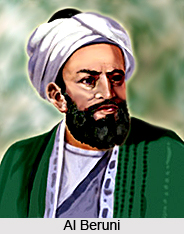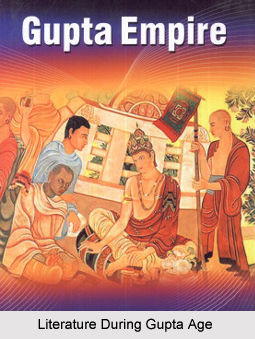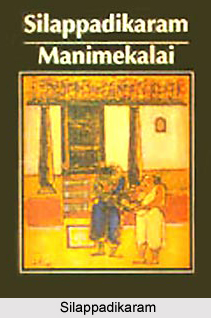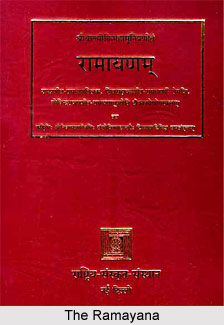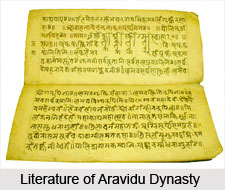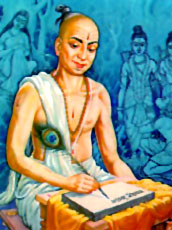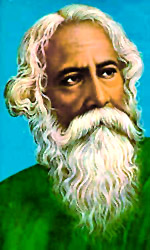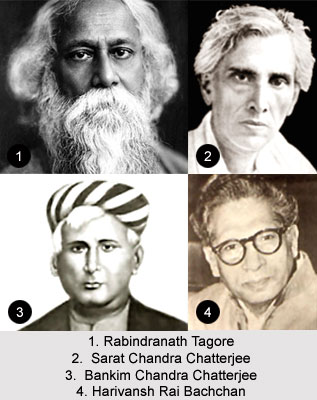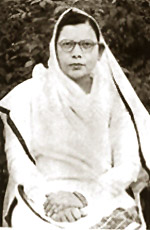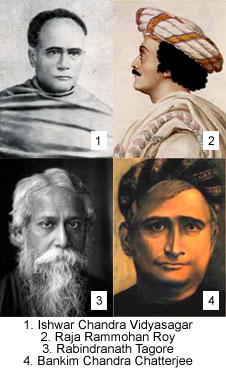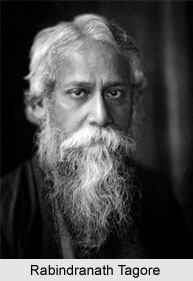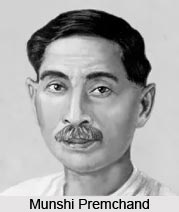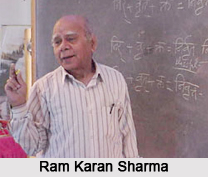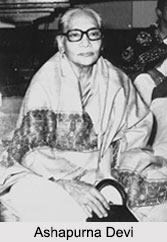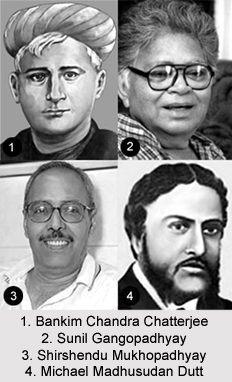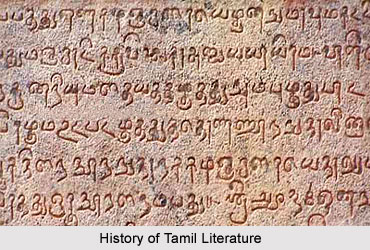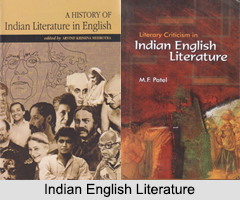Vairaja Dynasty was erected by the Aryans. In 3000 BC the Aryans resided in numerous colonies. They are now known as East Afghanistan, the Punjab, Kashmir, West Tibet, Balkh and Russian Turkestan. In the northern side of their colonies the Aryans, segregated themselves into various tribes, clans or families. They were liberated from all dominations and were also free from political restraints. At times they would also battle among themselves and form strong army to combat their enemies. Aryan settlers in the South were early settlers hence they had to face constant threats from the non-Aryans. This posed an immediate necessity for strong and dominant emperors to guard the new Aryan settlers. Thus a powerful dynasty Brahmavarta (now) Bithoor was built by the Aryans which became an ideal kingdom. The Aryan kingdom known as the Vairaja Dynasty flourished in all respects such as politics, religion, learning, trade, and art. Goddess Saraswati was revered and held sacred in the Rig Veda. Even Manu had this land in high esteem and in his Code urged all to learn religion and other mannerisms from the Brahmans of this holy abode. This land later became the centre of political eruption of the Indo-Aryans and the origin the caste-system of the Hindus. It was also the centre of Indo-Aryan culture. In this holy abode eminent scholars were born. Princess Devahuti, the famous female writer of few of the Rig Vedic hymns, sage Kapila and Patanjali, the distinguished authors of the Sankhya and Yoga philosophy; Rishabhadeva, the initiator of Jainism were all born here. Even king Bharata after whom our land was named as Bharata-Varsha and the great poet Valmiki took birth in the Vairaja Dynasty.
This article is a stub. You can enrich by adding more information to it. Send your Write Up to content@indianetzone.com

